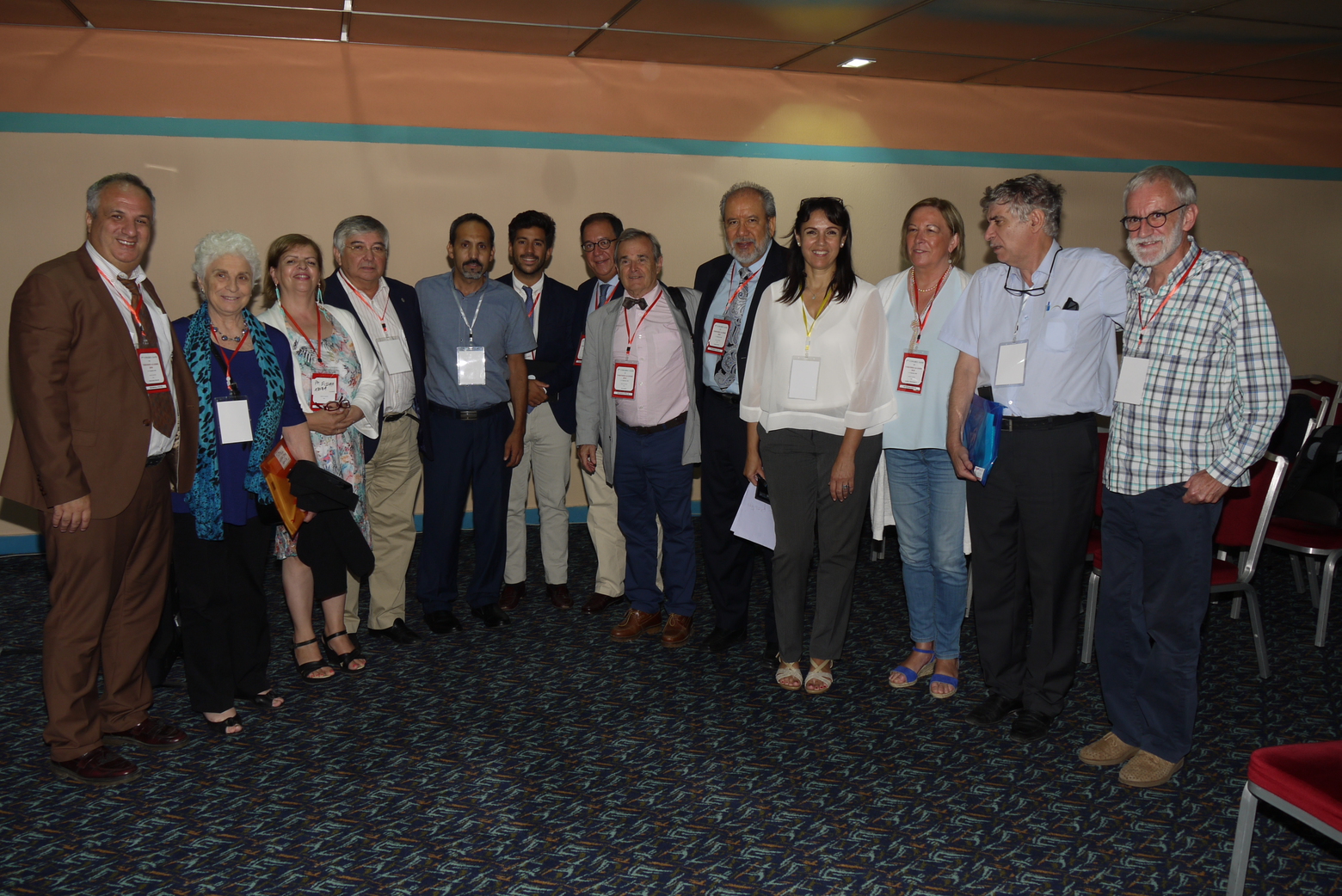 It was in 2016 that the SAEH was created, this initiative had to respond to an obvious, resulting from the evolution of various specialties (medical, surgical, biological, radiological and veterinary) within the framework of the assumption of responsibility of hydatid disease in order to implement control programs to eradicate itHydatid Disease (MH)
It was in 2016 that the SAEH was created, this initiative had to respond to an obvious, resulting from the evolution of various specialties (medical, surgical, biological, radiological and veterinary) within the framework of the assumption of responsibility of hydatid disease in order to implement control programs to eradicate itHydatid Disease (MH)
commonly known as hydatid cyst or cystic echinococcosis is one of the most common zoonoses in the world. It is a plague involving the environment, animals and humans. It is a ubiquitous disease that can affect all the organs of the human body: liver, lung, bone, heart, vessels, brain, vertebral column, urinary tract …
Currently, in Algeria, the therapeutic option for humans is surgery by combining it with antiparasitic treatment to prevent recurrence. In animals, however, there is no real program to manage stray dogs causing this scourge and the animal vaccine is not available.
In our country, there are several social reasons that promote the development of cystic echinococcosis, namely:
– Too much promiscuity of families with their flocks;
– transhumance and trade of animals, as well as the use of common pastures and places of consumption;
– The existence of street dogs or stray dogs, who feed on the remains of slaughter;
– illegal slaughter and consumption of uncontrolled meat;
– poor health education of personnel in the animal and agricultural industries and the general population;
In Algeria, we need to recognize the importance of echinococcosis as a public health problem and our request to the ministries of health and agriculture is to conduct a situation analysis like starting point for actions in the future. This analysis would focus on the implementation of early diagnosis and the establishment of a basic surveillance network covering humans and animals to determine the current burden of disease. The prevention, containment and treatment of cystic echinococcosis must also be integrated into its economic and development plans.


